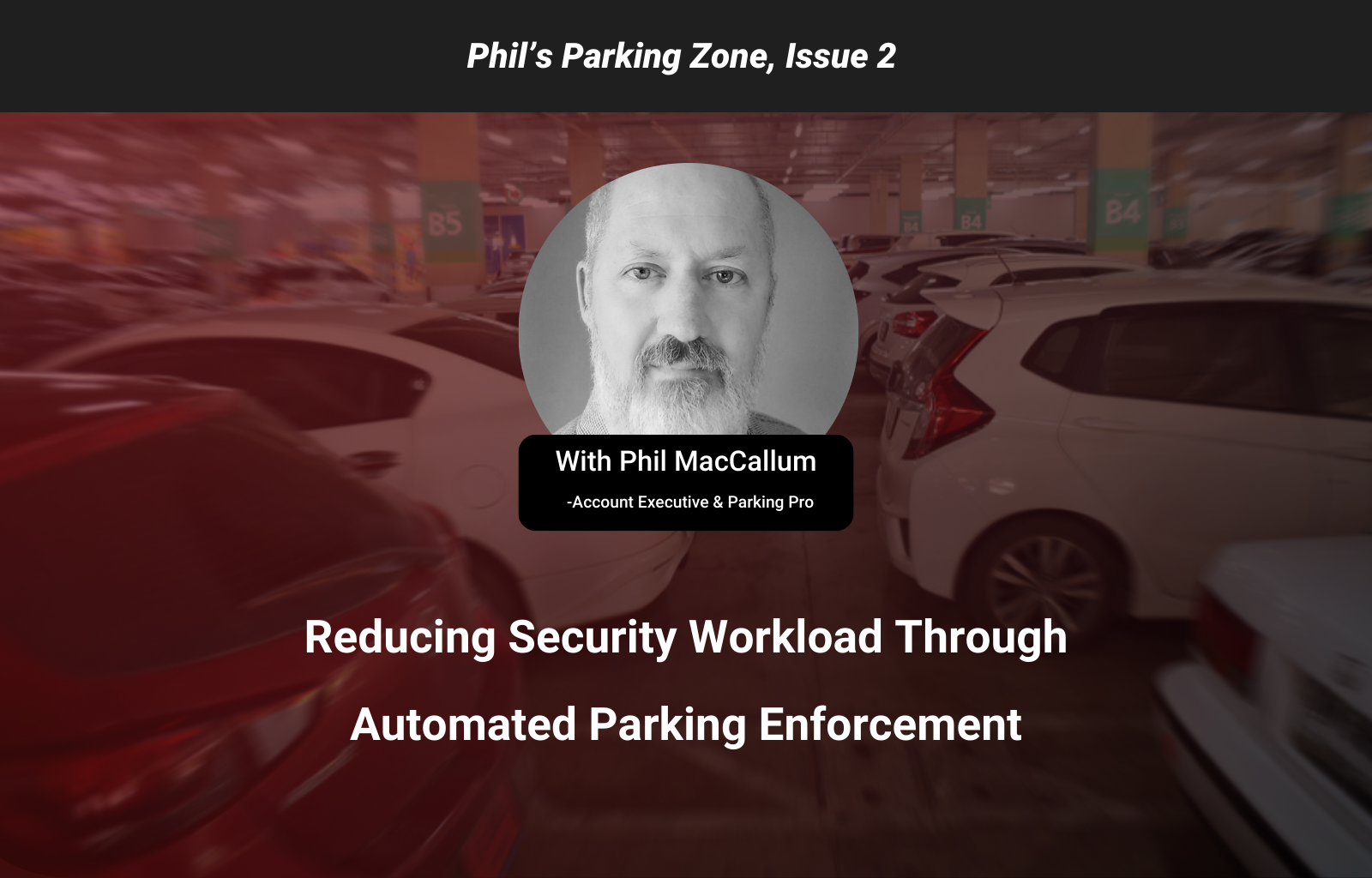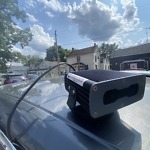Reducing Security Workload with Automated Parking Enforcement

Introduction
In an era where efficiency and technology go hand in hand, automated parking enforcement has become a game-changer for municipalities, universities, and any business that has a parking zone to manage. The advent of License Plate Recognition (LPR) technology and digital tire chalking has eliminated or greatly reduced the need for manual patrols and traditional parking enforcement methods such as manually chalking car tires.
What is Automated Parking Enforcement?
Automated parking enforcement leverages advanced technologies to monitor and regulate parking areas without human intervention. This modern approach utilizes tools such as cameras, sensors, and specialized software to identify and manage parking violations efficiently.
How Does Automated Parking Enforcement Work?
At its core, automated parking enforcement relies on LPR technology to capture vehicle license plates as they enter and exit a parking facility. The captured data is processed in real-time, compared against a database of registered vehicles, and used to identify any parking violations.
Key Components of Automated Parking Enforcement
- License Plate Recognition (LPR) Cameras: These high-resolution cameras capture detailed images of vehicle license plates.
- Digital Tire Chalking: A digital method for tracking vehicle movement and parking duration with LPR-ready cameras. It eliminates the need for manual chalking with a simple drive by with an LPR camera mounted to a patrol car.
- Software Integration: Processes and stores data, identifies violations, and integrates with existing parking management systems.
Benefits of LPR in Automated Parking Enforcement
Eliminating Manual Patrols
Traditional parking enforcement requires personnel to manually patrol parking areas, chalk vehicle tires, and record data—a time-consuming and labor-intensive process. LPR technology automates these tasks, allowing for continuous monitoring without the need for human intervention.
Digital Tire Chalking: The Future of Parking Enforcement
Digital tire chalking is a revolutionary advancement brought about by LPR technology. Instead of physically marking tires with chalk, LPR cameras track the exact location and duration of parked vehicles digitally. This method is not only more efficient but also reduces the chances of errors and disputes.
Enhanced Accuracy and Efficiency
LPR systems are highly accurate, capturing precise details that manual methods often miss. This accuracy ensures that violations are identified and addressed promptly, improving overall enforcement efficiency.
Real-Time Monitoring
With LPR technology, parking enforcement becomes a real-time activity. Immediate data processing and violation detection mean that unauthorized vehicles can be identified and dealt with instantly.
Reduced Workload
Automated enforcement systems reduce the need for a large workforce, leading to significant cost savings in the long run. The efficiency gains and increased compliance also result in higher revenue from parking fees and fines.
Implementing Automated Parking Enforcement with LPR Technology
Assessing Your Needs
Begin by evaluating your current parking enforcement setup and identifying areas where automation can improve efficiency. Consider factors such as the size of your parking area, traffic volume, and common violations.
Choosing the Right System
Select an LPR system that offers the features you need, such as high-resolution cameras, digital tire chalking, real-time monitoring, and software integration.
Installation and Training
Proper installation and training are crucial to ensure your team can use the system effectively. OperationsCommander provides comprehensive support during the setup phase and offers ongoing assistance as needed.
Overcoming Common Challenges
Initial Costs
While the initial investment in LPR technology can be significant, the long-term benefits and cost savings make it a worthwhile investment. Consider phased implementation or financing options to manage upfront expenses.
Technical Issues
Regular maintenance and updates are essential to prevent technical issues. Partnering with a reliable provider like OperationsCommander ensures you have access to support and troubleshooting when needed.
Resistance to Change
Educate stakeholders about the benefits of LPR technology and digital tire chalking. Demonstrating how these advancements improve efficiency, accuracy, and compliance can help gain their support.
The Future of Automated Parking Enforcement
The future of parking enforcement lies in automation, with LPR technology and digital tire chalking leading the way. As technology continues to advance, these systems will become even more accurate, reliable, and integrated with other smart city initiatives. OperationsCommander is at the forefront of this evolution, offering solutions that not only meet current needs but also adapt to future challenges.
FAQs
How does LPR technology improve parking enforcement? LPR technology automates the capture and processing of license plate information, eliminating the need for manual patrols and improving enforcement efficiency.
What is digital tire chalking? Digital tire chalking uses LPR cameras to track vehicle movement and parking duration, replacing the traditional manual chalking method.
Can LPR technology integrate with existing parking management systems? Yes, OperationsCommander’s LPR solution is designed for seamless integration with existing systems.
Is automated parking enforcement cost-effective? Yes, the reduction in labor costs and increased revenue from better enforcement make it a cost-effective solution.
What support does OperationsCommander offer for LPR systems? OperationsCommander provides comprehensive support during installation and ongoing assistance to ensure optimal system performance.
How does automated parking enforcement handle technical issues? Regular maintenance and updates, along with reliable support from the provider, help manage and resolve technical issues effectively.
Conclusion
Automated parking enforcement using LPR technology and digital tire chalking is revolutionizing the way we manage parking spaces. By eliminating the need for manual patrols and traditional chalking methods, these systems offer unparalleled efficiency, accuracy, and cost savings. OperationsCommander’s LPR parking enforcement solution stands out with its advanced technology, seamless integration, and user-friendly interface. Implementing such a system not only optimizes parking management but also enhances compliance and overall user experience.


